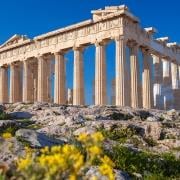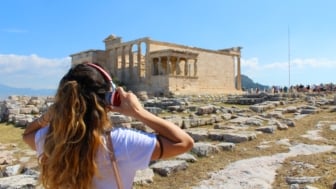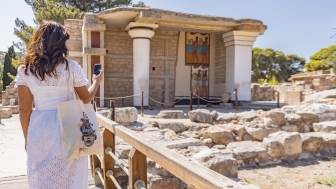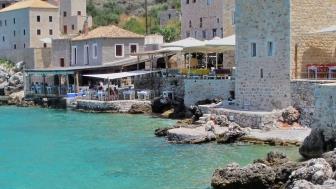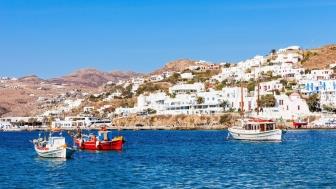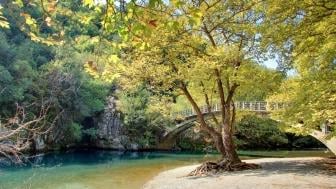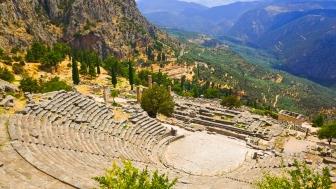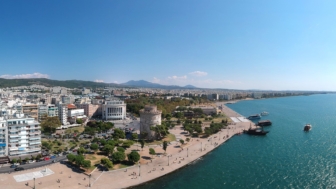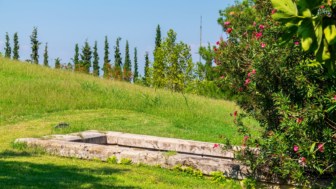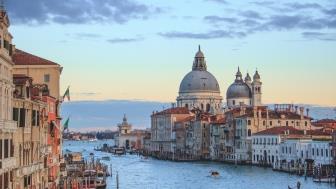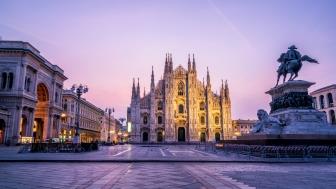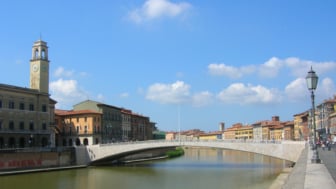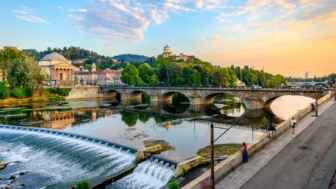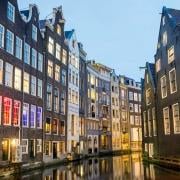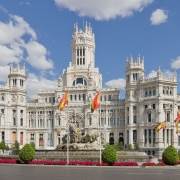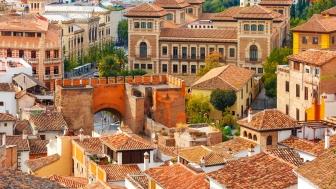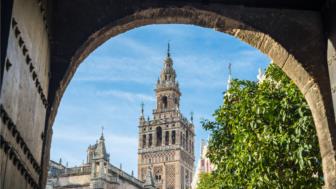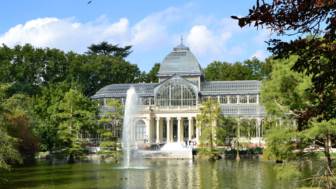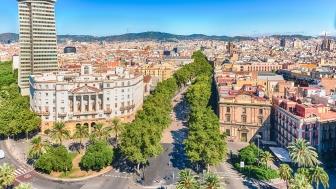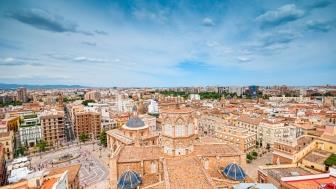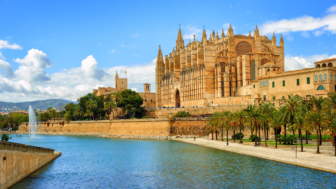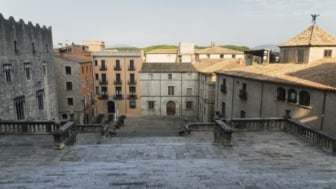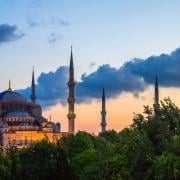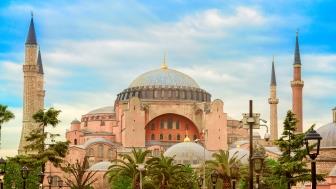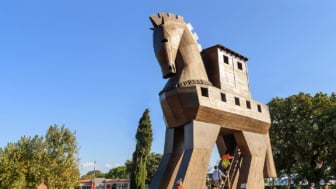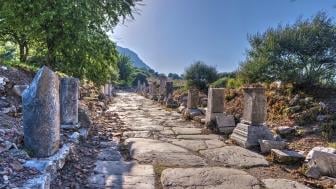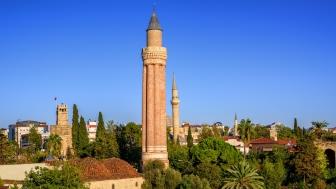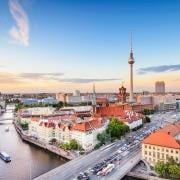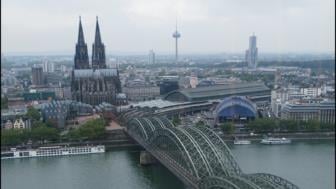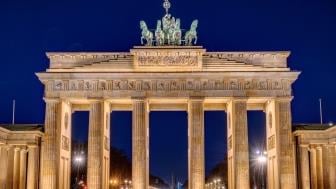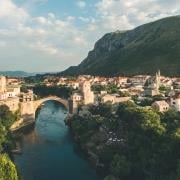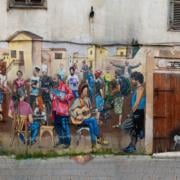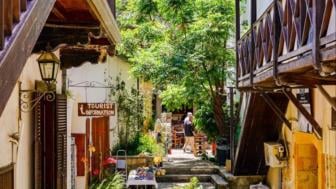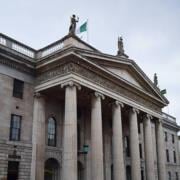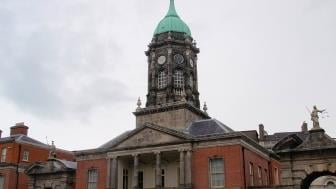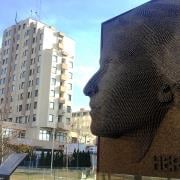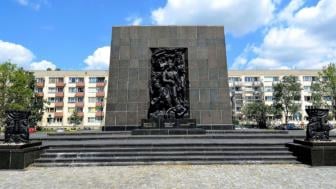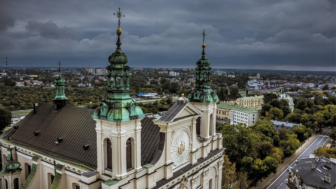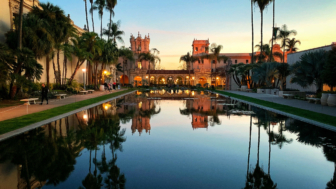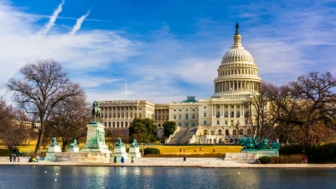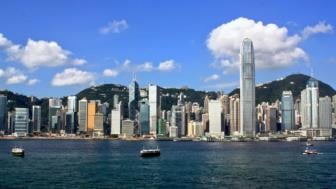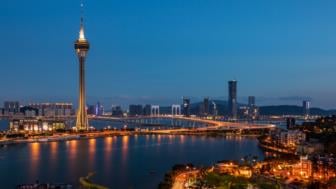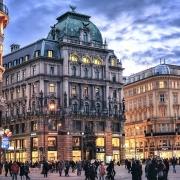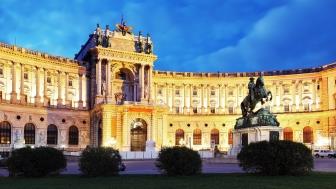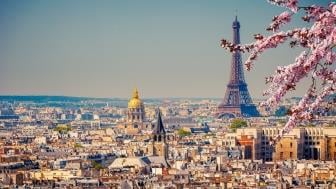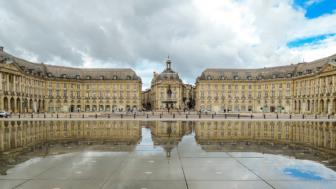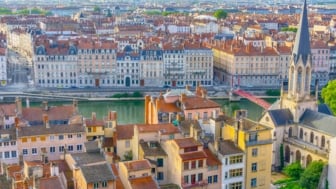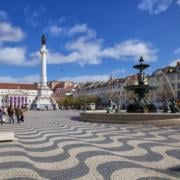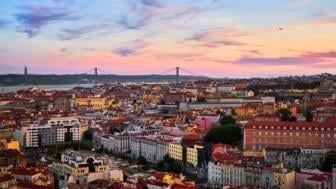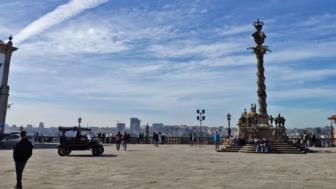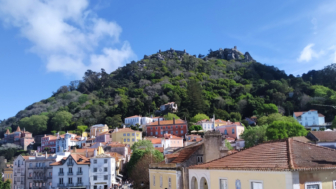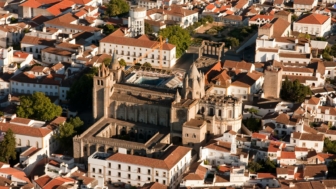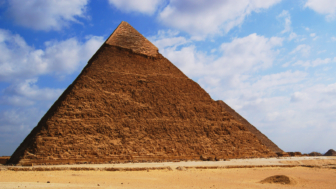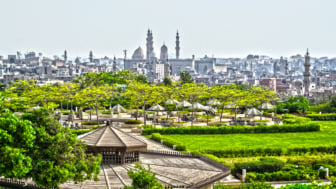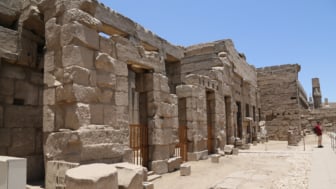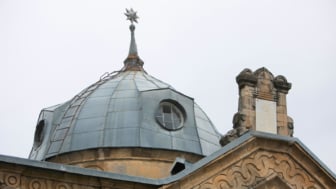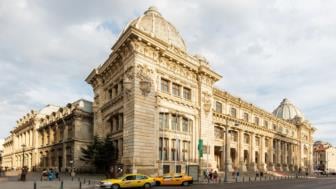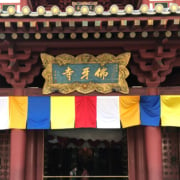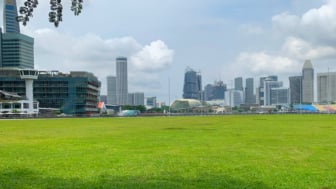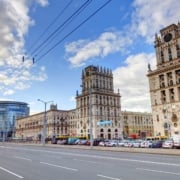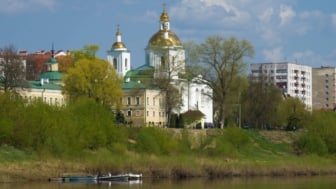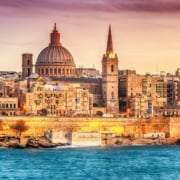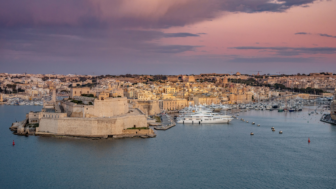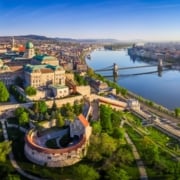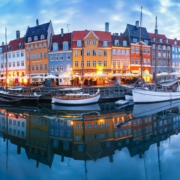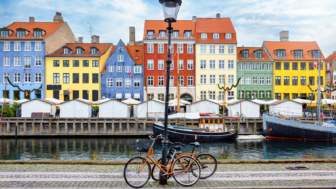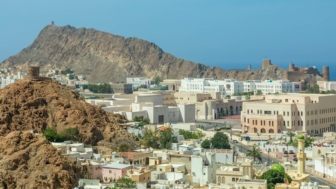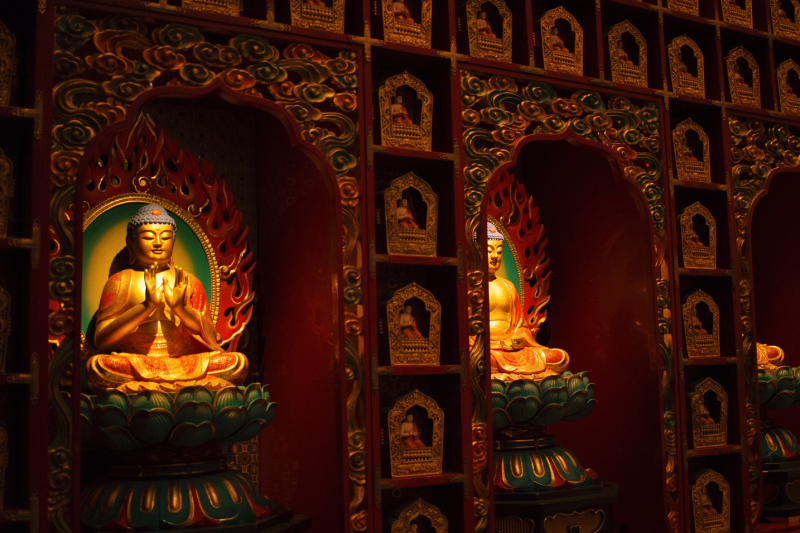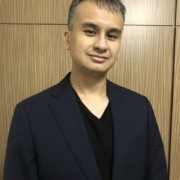Nestled in the heart of the Kreta Ayer district in Chinatown sits a monumental building dedicated to the veneration of the Buddha Tooth Relic.
Did this Tooth actually come from Buddha? How did it get here? What is its significance in Buddhism?
If you would like to be enlightened about the history, art, and practices of one of the oldest religions in the world, here are 15 frequently asked questions about the Buddha Tooth Relic Temple and Museum (BTRTM). Consider this a taste of the fantastic stories you will hear on this audio tour!
1. How long did it take to build the BTRTM?
3 years. Construction started in 2005, and by 2008 the BTRTM was completed.
2. What is the architectural style of the BTRTM?
The design of the BTRTM was based on elements from Tang dynasty architecture. The building was also inspired by the Buddhist mandala, a symbol in Buddhism that represents the universe.
3. How much did it cost to construct the temple?
The BTRTM cost S$75 million to build. To fund the construction, sponsorships and donations were sought from the Buddhist community in Singapore.
4. Who was responsible for the construction of the BTRTM?
Venerable Chao Khun Fa Zhao, the BTRTM chief abbot, conceptualized the design of the building with the help of consultants from Singapore and overseas.
5. What was the site used for before the BTRTM was built?
This part of Chinatown used to be filled with death houses in shophouses. These death houses catered to the poor Chinese immigrants when Singapore was under British rule.
6. Do I need to pay to enter the BTRTM?
Entrance to the BTRTM is free for all!
7. How many floors can I visit in the BTRTM?
Only the basement, ground floor, levels 3 and 4, and the rooftop orchid garden are accessible to visitors. Level 2 is only open to worshippers.
8. What are the origins of the Buddha Tooth Relic?
The Buddha Tooth Relic in the BTRTM was brought to Sri Lanka by one of Buddha’s disciples, who witnessed Buddha’s cremation. Eventually, the tooth relic ended up in Burma, where it was re-discovered in 1980.
9. Where is the tooth relic kept?
The tooth relic is on level 4. It is housed in the Sacred Buddha Tooth Relic Stupa, made from 320 kilograms of gold.
10. What is interesting about the museum in the BTRTM?
The museum in the BTRTM is located on the third floor and is called Buddhas of the World Museum. Through the museum’s collection of fascinating artifacts, it traces Buddha’s birth, life, and death. The museum also covers the history of Buddha of the Future, known as Maitreya.
11. Who founded Buddhism?
The founder of Buddhism was an Indian prince from a royal family. He was called Siddhartha Gautama and lived more than 2,500 years ago. He was born in a kingdom in the Himalayan foothills, located in present-day Nepal.
12. How did Buddhism spread to the rest of Asia?
The Silk Road that connected Europe and Asia was instrumental in allowing Buddhist missionaries to move across vast distances to spread the faith. Buddhism would spread to East Asia and later take root in Southeast Asia.
13. What are the different branches of Buddhism?
Over time, two main schools of Buddhism emerged due to divisions within the monastic order: Theravada and Mahayana. Today, Theravada is the dominant form of Buddhism in Sri Lanka, Cambodia, Thailand, and Laos. On the other hand, Mahayana is popular in China, Korea, and Japan.
Within these two branches are other sub-branches of Buddhism with slight variations in practices.
14. How many Buddhists are there in Singapore?
Due to the significant Chinese presence, Buddhism is the dominant religion in Singapore, with over 1 million devotees. For comparison, Singapore’s total population was 5.45 million as of June 2021.1
15. What is the most significant day in Buddhism?
Vesak Day is the holiest day of the year for Buddhists. Devotees celebrate Buddha’s birth, enlightenment, and death by attending prayer sessions and eating vegetarian food.
Duration: 1h 30min
-
*Photo by Anh Tuan To on Unsplash


